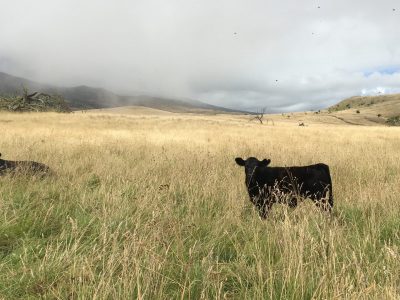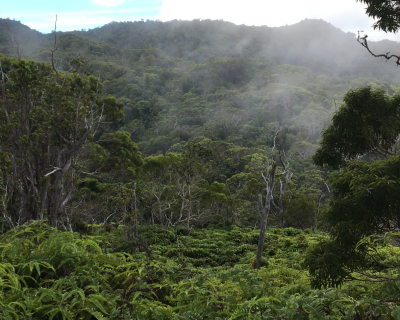- Home
- Critical Decade
- HI Climate Action
- HI Commission
- HI Resources
- HI Equity
- HI Events
Sequestration

A Climate Ready Hawai‘i looks to Hawai‘i’s ahupua‘a concept – the Hawaiian tenure system that recognized what happens on the land impacts the nearshore waters and ocean beyond. Effectively managing watersheds and agricultural lands can protect both the health of coral reefs and the people who depend on them. The actions that we take on natural and working lands (such as forests, ranches and agricultural lands) are crucial to stabilizing watersheds, soils and mitigating flooding that in turn protect coastal and reef systems from pollution and erosion leaving them more resistant to sea level rise and storms.
To make Hawai‘i climate ready, we aim to engage land and ocean stewards to help craft equitable policies and programs that that will result not only in greenhouse gas (GHG) sequestration, but a multitude of other co-benefits including meeting local food production goals, water security, protecting and enhancing Hawai‘i’s ecological biodiversity, and a more resilient local economy. By connecting to the communities with kuleana (responsibility) to the land and sea we can begin to assess current state barriers and opportunities for climate- smart landscapes on high quality public and private lands.
How can you help shape climate-smart landscapes? Join us at one of our online community meetings and share your mana‘o (knowledge) on the barriers, opportunities and methods in how Hawai‘i can prioritize actions on natural and working lands.
Email us at [email protected]
The State’s Climate Change Mitigation and Adaptation Commission works closely with its partners like the Greenhouse Gas Sequestration Taskforce to provide the full range of mitigation actions to combat climate change.



JUMP TO: HI MITIGATION | GOALS AND PROGRESS | MITIGATION STRATEGIES | MITIGATION REPORTS